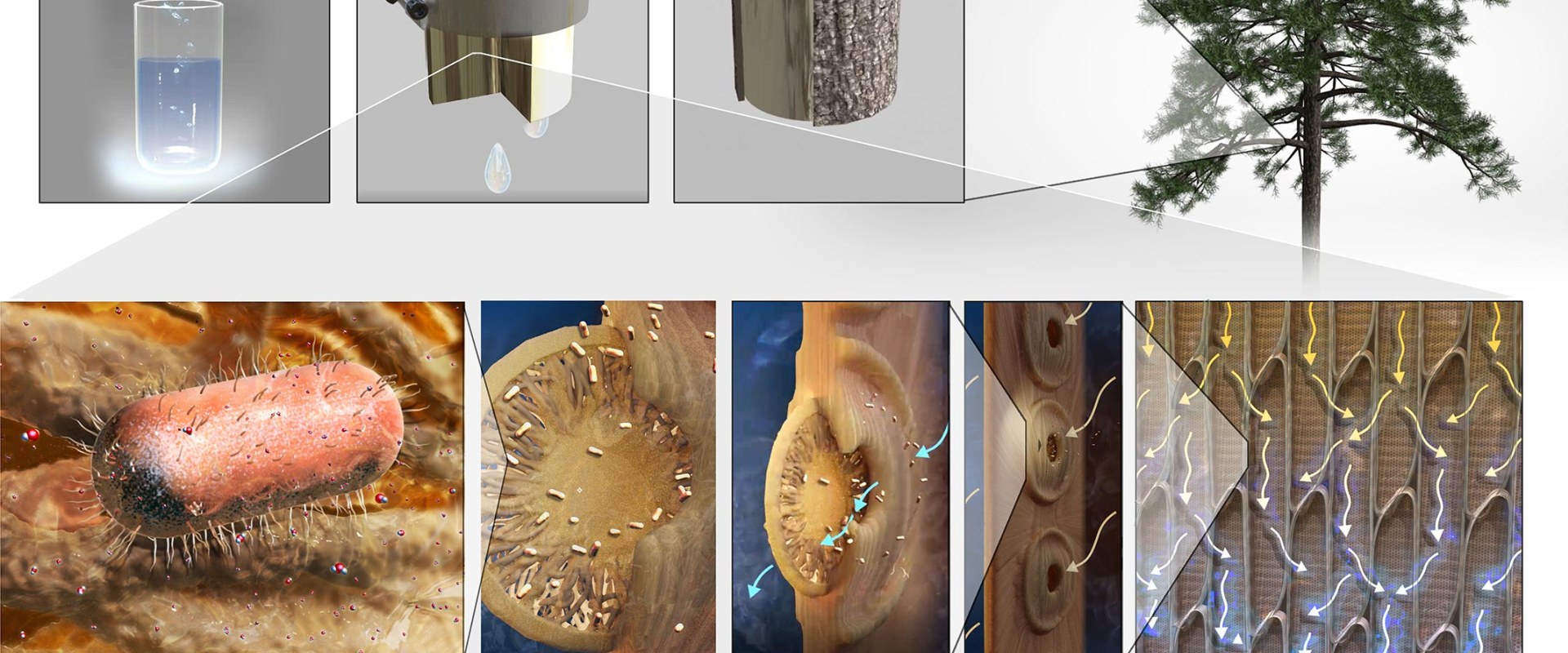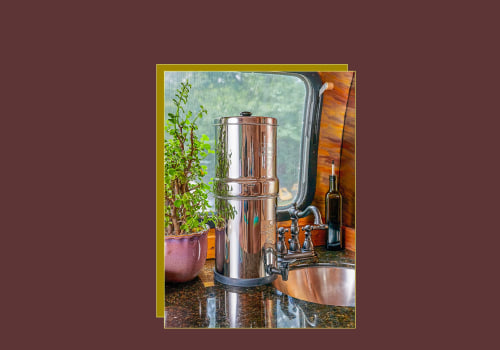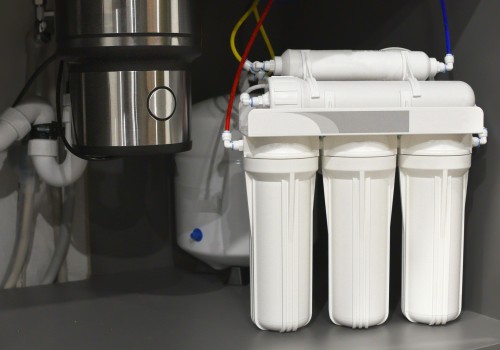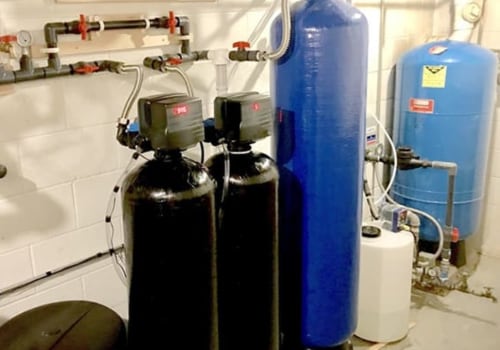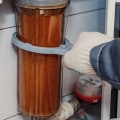Public water systems usually employ a variety of water treatment steps, including coagulation, flocculation, sedimentation, filtration, and disinfection. A standard reverse osmosis system is typically equipped with 3 distinct filter stages. Each filtration stage has its own purpose and also works together to achieve the best possible water filtration. Each stage of the filter usually has a different lifespan.
For instance, in reverse osmosis systems, the sediment filter can last 6 months, while the reverse osmosis membrane lasts 2 years and the carbon block filters last 9 to 12 months. Sediment filter cartridges are often the first stage of multi-stage water filter systems. These filters start the filtration process by eliminating large particles of sand, silt, dirt and other suspended solids. A sediment filter safeguards the subsequent stages of filtration in a water filtration system, preventing early clogging of the environment and extending its useful life. Carbon filters, such as carbon block filters and granular activated carbon filters, are another common filtration step in a multi-stage water filter system.
These filters use adsorption to extract contaminants such as chlorine from water. Carbon filters are often combined with other filter media, such as KDF and ion exchange resin, to improve filtration and add a couple of additional filtration steps to a water filter system. The reverse osmosis membrane has small pores that block most contaminants larger than 0.0001 microns in tap water. This stage of the filtration process removes more contaminants than any other stage. Ultrafiltration membranes are generally combined with other filtration steps in multi-stage water filter systems.
A UF filter must be protected by at least one sediment pre-filter stage. A UV light is a common additional filtering step for whole-house well water filtration systems. This type of post-filter sends water through a UV chamber, where it is treated with ultraviolet light. Ultraviolet light breaks down the DNA of microorganisms such as bacteria and viruses, preventing them from reproducing or making them sick when you drink the water. Manufacturers often try to outperform their competitors with additional filter stages, so it's very common to see that the most expensive filtration systems combine seven, eight, nine, or even ten separate filter stages*.
The first stage usually uses a 5-micron pre-filter to remove sediment, dirt, rust and dust from the water. The drawbacks of reverse osmosis filtering include the possibility of overfiltering when the taste of the water is unnecessarily affected. For example, if you use well water, you may find higher concentrations of soil, sand, and rock minerals, since the water has spent a long time passing through the earth. We say “generally” because some multi-stage systems combine several types of filter materials in the same cartridge. Also, remember that many types of filters (including small water jug filters) combine multiple filtering steps in a single cartridge. However, if you want to combine several types of filters for more complete coverage, then a whole-house water filter will ensure that all faucets and shower heads in your home are protected.
Sediment filters help reduce the amount of undissolved matter in water by using micron filters made of paper, acrylic, or similar fiber materials. By adding a coconut shell charcoal filter that refines after the flavor, it helps to eliminate the residual flavor and also to restore some sweetness to the water. Make sure you know these two things when deciding on the right amount of water filter cartridges for you. Other factors, such as the design and surface area of the filter, the flow of water through the system, and the types of filter media included, also affect filter performance. Thanks to this ability, a carbon filter will improve the taste of water, eliminate odors and protect it from a certain level of irritants and contaminants.
However, you may only want to remove a few contaminants from the water, so a single-stage filter might be sufficient, especially since these filters are also cheaper than multi-stage systems. For example, people with very poor water sources, such as private wells, often opt for a three-stage filter, while those with good tap water may simply rely on a single-stage water filter system. Carbon filtration is one of the most popular water filtration methods on the market today since it is highly effective at removing chlorine from water and provides users with clean and crisp tasting drinking water.
